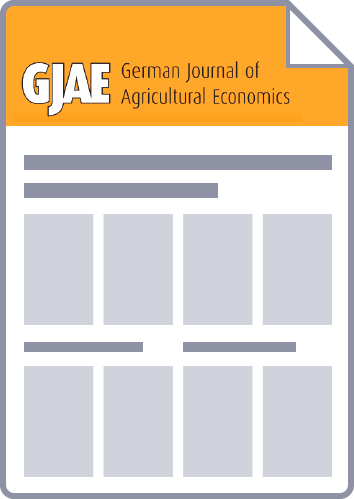Successive CAP reforms raise the question of whether it can have a price-stabilizing capability. In this context more and more attention is being paid to private risk-managing instruments such as storage. The effects of storage have already been widely studied in the economic literature. But hardly any of these studies take account of the links between producers’, households’ and stockholders’ intertemporal decisions and, in particular, they do not use a dynamic CGE model. Furthermore, a large number of previous studies focus on the effect of stockholding on price volatility due to exogenous shocks and assume rational expectations. It is more the endogenous aspect of risk, induced by expectation errors, that has often been used to justify public intervention in agricultural markets. In this paper we construct a model addressing these issues and we conduct some illustrative simulations. Some of our results are at variance with the conclusions of previous economic studies concerning the effects of speculative storage on market volatilities. We also reveal the vital role played by the form of economic agents’ expectations and by the links between the intertemporal decisions of market participants.



